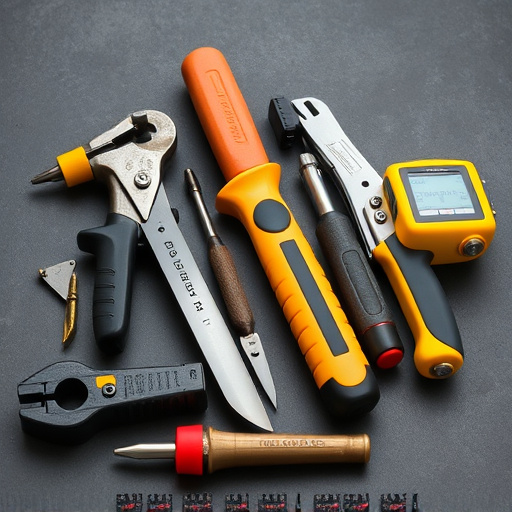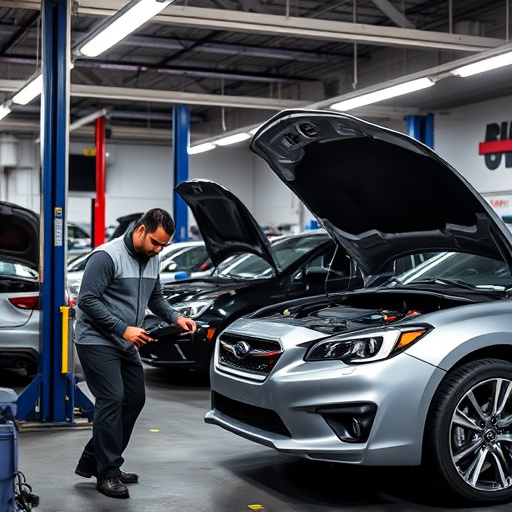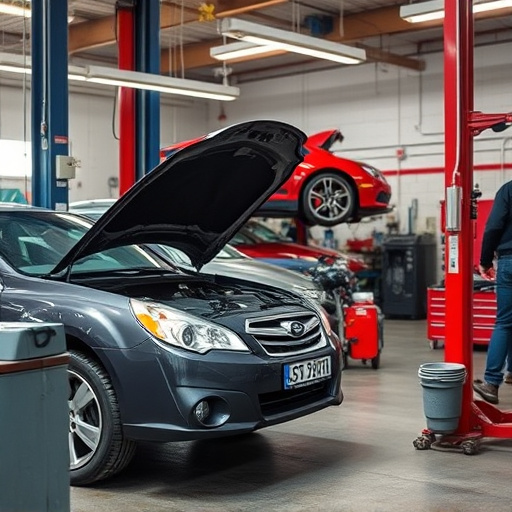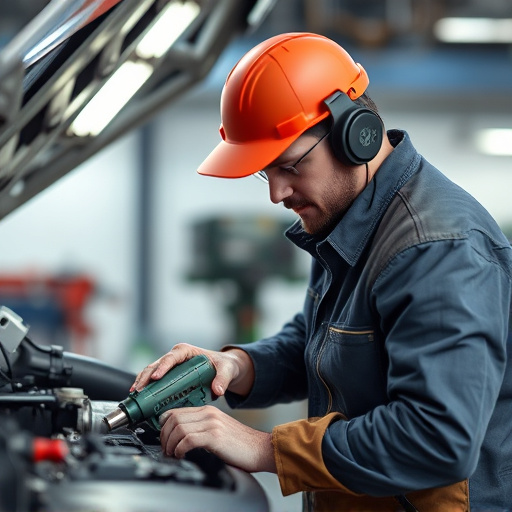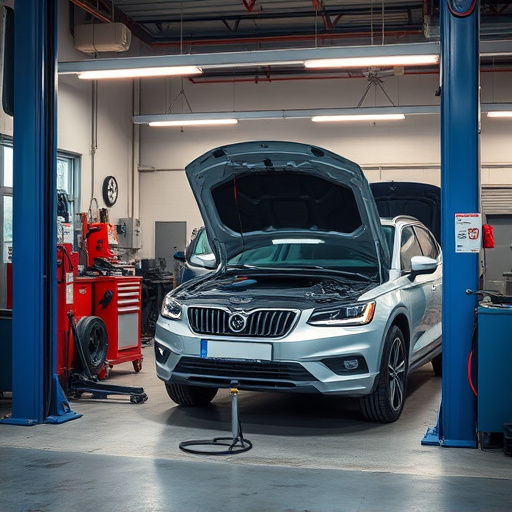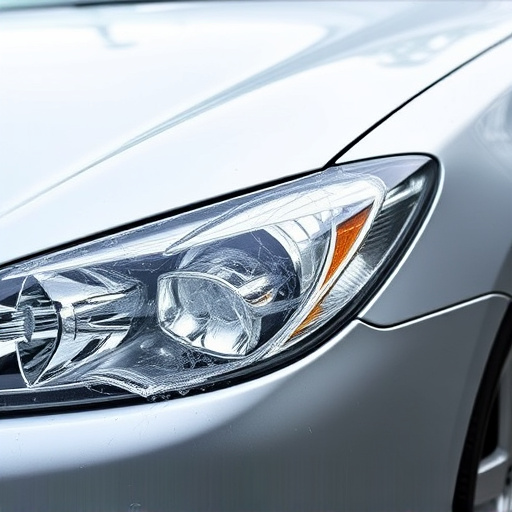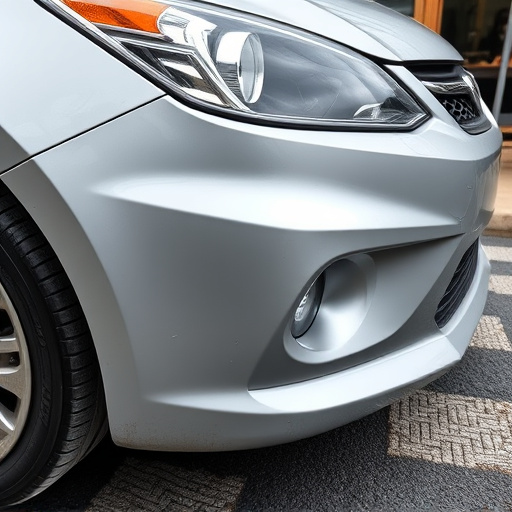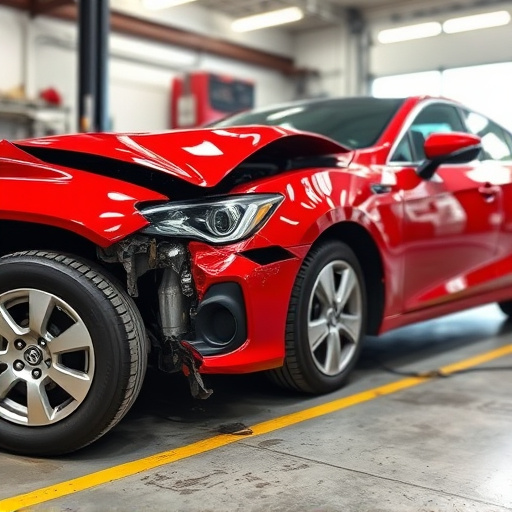Tesla composite repair demands specialized techniques due to unique material properties. The process involves inspection, surface prep, priming, filling, sanding, painting, and curing for optimal results. Regular maintenance and inspections are key to long-term composite panel longevity, preserving vehicle value and performance.
“Tesla vehicles, renowned for their innovative design, rely heavily on advanced composite materials. Understanding these materials and implementing best practices for repairs is vital for maintaining longevity. This article delves into the intricacies of Tesla composite repair, offering a comprehensive guide. We explore the unique properties and challenges of these materials, providing a step-by-step approach to effective repairs. Furthermore, discover essential maintenance and inspection techniques to ensure your Tesla’s composite components stand the test of time.”
- Understanding Tesla Composite Materials: Properties and Challenges
- Best Practices for Composite Repair: Step-by-Step Guide
- Longevity Through Proper Maintenance and Inspection Techniques
Understanding Tesla Composite Materials: Properties and Challenges
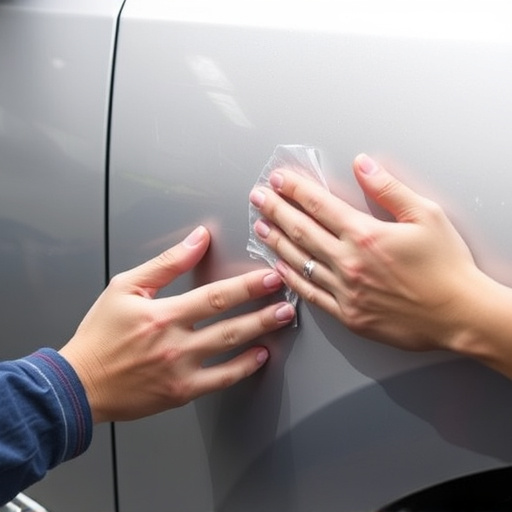
Tesla vehicles are renowned for their innovative use of composite materials, which offer significant advantages in terms of lightweight construction and enhanced structural integrity. Composite materials, a combination of fibers (usually carbon or glass) embedded in a resin matrix, provide exceptional strength-to-weight ratios, making them ideal for automotive applications, especially in high-performance electric vehicles like Teslas. However, working with Tesla composite repair requires specialized knowledge due to the unique properties and challenges these materials present.
When it comes to Tesla composite repair, understanding the material’s behavior is crucial. Composites have different mechanical properties than traditional metal bodywork, including varying levels of flexibility and fragility. Repairing a composite panel involves more than just matching the color; it requires precise techniques to ensure structural integrity is maintained. Auto body shops offering fleet repair services or specializing in vehicle collision repair for Teslas must be adept at handling these materials, using specialized tools and adhesives designed for composite repairs to guarantee long-lasting results that preserve the vehicle’s original performance and appearance.
Best Practices for Composite Repair: Step-by-Step Guide
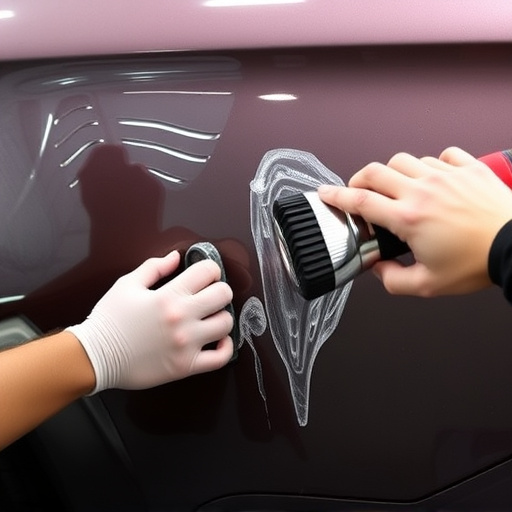
When it comes to Tesla composite repair, adhering to best practices ensures longevity and maintains the vehicle’s aesthetic appeal. The process involves several meticulous steps. Firstly, inspect the damage thoroughly, identifying the extent of the composite material impact. Next, prepare the surface by cleaning and degreasing it, ensuring no contaminants remain. This critical step prevents issues down the line.
Proceed with sanding, using fine-grit sandpaper to smoothen the area evenly. Prime the surface with a suitable composite repair primer, offering a solid foundation for the upcoming repairs. Fill any gaps or holes with automotive body filler, allowing it to cure completely. Sand again to achieve a seamless blend, and then apply multiple coats of paint, matching the original Tesla composite finish precisely. Finally, allow ample time for curing, resulting in a durable, long-lasting repair that rivals the vehicle’s original quality. These practices are key to successful Tesla composite repair, ensuring your vehicle retains its beauty and value over time.
Longevity Through Proper Maintenance and Inspection Techniques
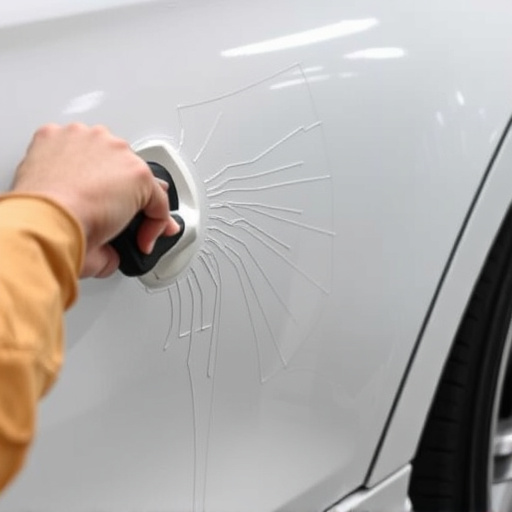
Proper maintenance and inspection techniques are key to achieving longevity in Tesla composite repair. Regular checks ensure that any potential issues are identified early on, preventing small problems from escalating into costly repairs. For example, checking for signs of damage or wear in critical components like fenders, doors, and bumpers can help maintain the vehicle’s structural integrity.
Additionally, adhering to manufacturer recommendations for tire services, dent removal, and other routine maintenance tasks is crucial. A meticulous approach to these processes not only enhances the aesthetics of the composite materials but also ensures their long-term durability. By combining thorough inspections with proper repair techniques, Tesla owners can maximize the lifespan of their vehicle’s composite body panels, ensuring many years of reliable performance and a stunning exterior finish.
Tesla composite repair is a specialized process that, when executed correctly, can significantly extend the lifespan of Tesla vehicles. By understanding the unique properties and challenges of composite materials, and implementing best practices such as thorough inspection, precise repair techniques, and proper maintenance, owners can ensure their Tesla’s exterior remains not only aesthetically pleasing but also structurally sound for years to come. Adhering to these recommended practices is key to achieving long-lasting results and maintaining the superior quality that Tesla vehicles are known for.




